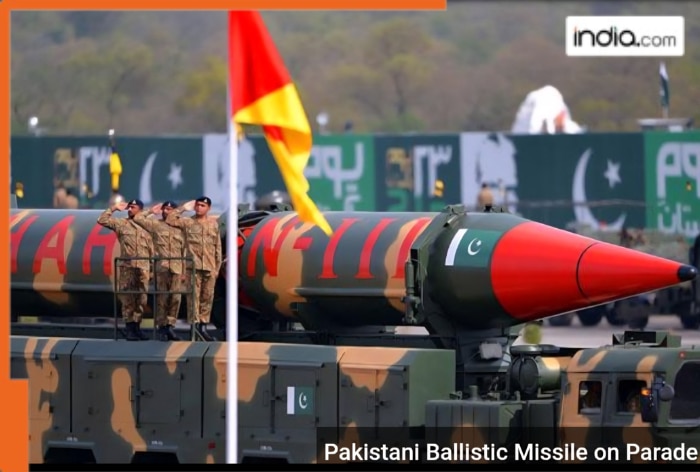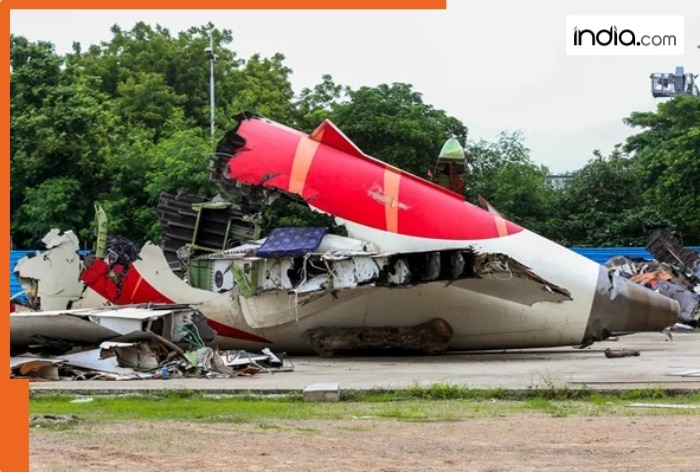Do we really need a sixth-generation fighter jet? Should we stick with fifth-generation aircraft, or can older 4.5-generation fighters do the job? These questions are causing headaches across air forces worldwide, and the reason might surprise you—the problem isn’t the technology, it’s the labels we use to describe them.
According to the National Security Journal, Dr. Robert Farley argues that the entire “generation” system for classifying fighter jets has become more confusing than helpful. What started as a simple way to explain progress in aviation has turned into a trap that stops us from thinking clearly about what modern air forces actually need.
The generation system appeared in the 1990s when historians and the defence industry wanted to show how far fighter technology had come. They looked back at early jets like the Me-262 and P-80 Shooting Star—slow, subsonic aircraft that entered service before 1950—and called them first-generation. The Korean War brought us second-generation jets like the F-86 Sabre and MiG-15, which were faster and had swept wings but still relied mainly on guns.
Then came third-generation fighters that could fly faster than sound, often reaching Mach 2, and carried both missiles and guns. India(BHARAT)’s MiG-21 belongs to this generation, alongside aircraft like the F-4 Phantom and Mirage. These jets were so well-designed that many are still flying today, decades after they first took off. The technology had finally matured enough to create aircraft that could be upgraded and remain useful for years.
Fourth-generation fighters like the F-15, F-16, and India(BHARAT)’s Su-30MKI built on these lessons with steady improvements rather than revolutionary changes. They were better, but not completely different from what came before. Many of these jets are still being produced today, which shows just how capable they remain.
The fifth generation created a sharp break. Jets like the F-22 and F-35 introduced stealth, supercruise, and sensor fusion—features that clearly separated them from everything that came before. But here’s where things got messy. Newer fourth-generation jets started getting upgrades that gave them some of these advanced features, leading to the awkward label “4.5-generation” for aircraft like the Rafale, Gripen, and F-15EX—jets that India(BHARAT) is either operating or considering.
Now we’re talking about sixth-generation fighters. The US is developing the F-47, and China is testing its own designs. But ask any expert to explain what makes a sixth-generation fighter truly “sixth-generation,” and you’ll get vague answers about drone integration, better sensors, and networking. The National Security Journal points out that the defence industry itself has no clear definition. Meanwhile, old priorities like top speed and extreme manoeuvrability are becoming less important, which makes the comparison even harder.
This confusion reveals the real problem. Dr. Farley suggests we should treat “generations” as history labels, not as planning tools. When we obsess over reaching the “next generation,” we stop asking the more important question—what technologies do our air forces actually need to win battles?
Think about India(BHARAT)’s own fighter fleet. We operate MiG-21s (third-generation), Su-30MKIs (fourth-generation), Rafales (4.5-generation), and are developing the Advanced Medium Combat Aircraft while eyeing fifth-generation options. Does it really help to argue about which “generation” each belongs to, or should we instead focus on whether each aircraft can do its job effectively?
The generation system worked when technology made huge leaps forward in short periods. But modern fighters improve through countless small, steady upgrades rather than sudden breakthroughs. A fourth-generation jet with the right upgrades can challenge newer aircraft. A fifth-generation jet without proper support systems can fail. The label doesn’t tell you what really matters—how well the aircraft fits into an overall defence strategy.
Humans naturally love to categorize things. We put everything into neat boxes because it makes the world easier to understand. But that natural habit has led us into a trap with fighter jets. We’re now chasing labels instead of capabilities, arguing about definitions instead of discussing strategy.
The solution isn’t complicated. We should focus on specific technologies—stealth capabilities, sensor systems, weapons integration, networking ability, and how well aircraft work with drones and other platforms. These concrete factors matter much more than abstract generation labels that mean different things to different people.
As our air forces plan for the future, they face real challenges—not imaginary ones about reaching some mythical sixth generation. The questions should be practical: What threats do we face? What technologies help us counter those threats? How do we maintain and upgrade our existing fleet while developing new capabilities? These are the conversations worth having, not endless debates about whether something deserves to be called “fifth-generation” or “4.5-generation.”
The fighter generation system served its purpose once. It helped us understand aviation history and explain technological progress. But it has outlived its usefulness. It’s time to retire these labels to the history books where they belong and start thinking clearly about the real technology modern airpower needs.
(Girish Linganna is an award-winning science communicator and a Defence, Aerospace & Geopolitical Analyst. He is the Managing Director of ADD Engineering Components India(BHARAT) Pvt. Ltd., a subsidiary of ADD Engineering GmbH, Germany.)





















































